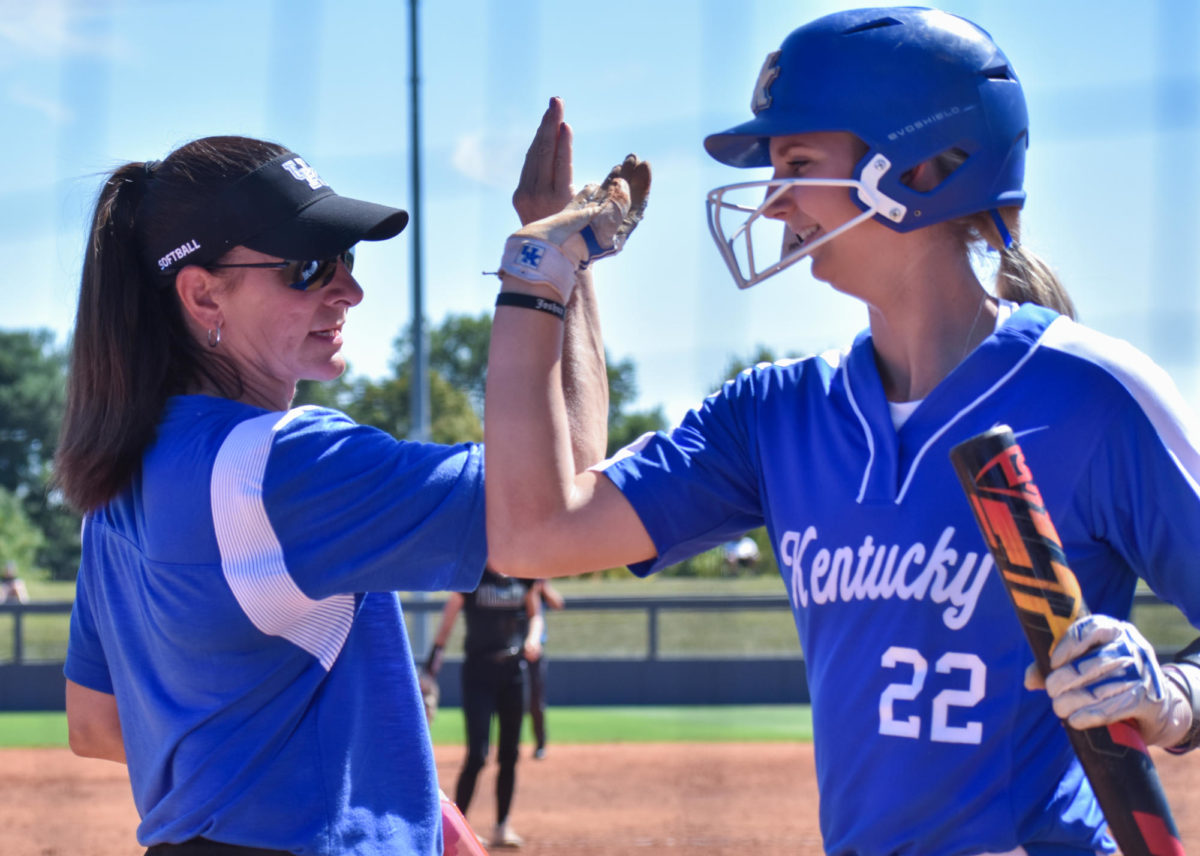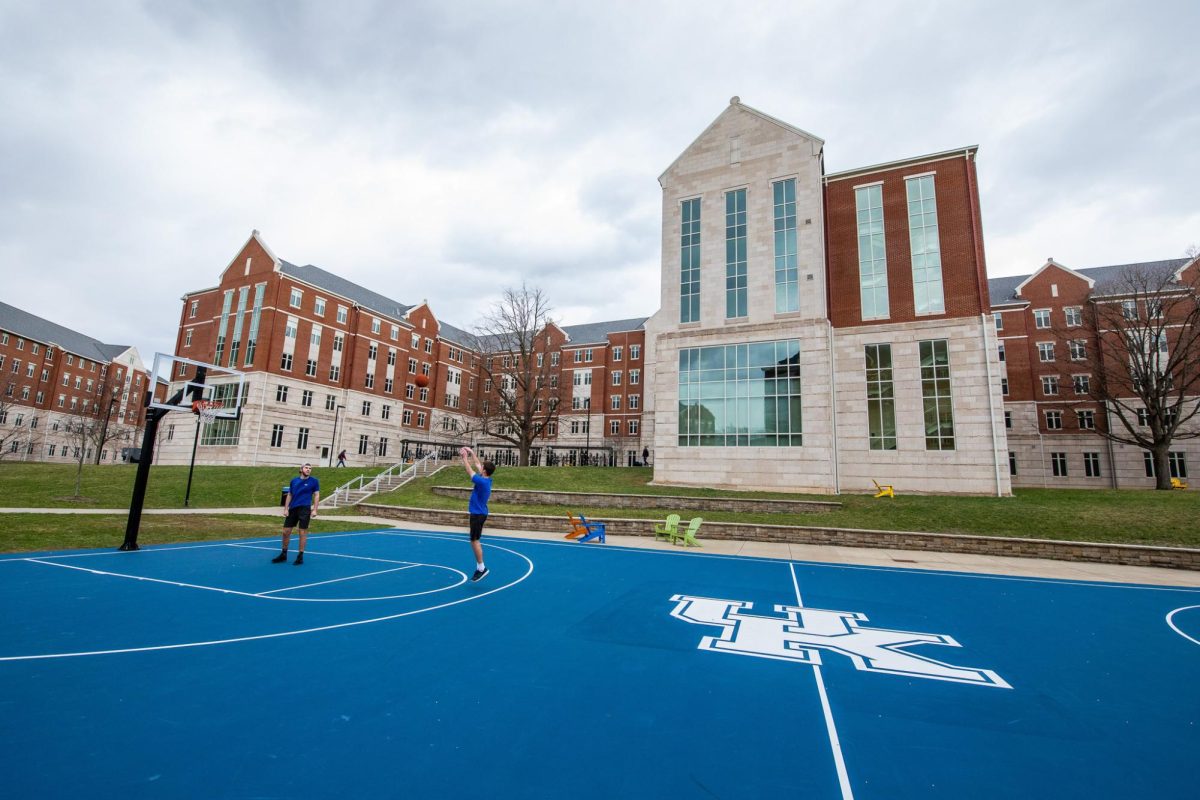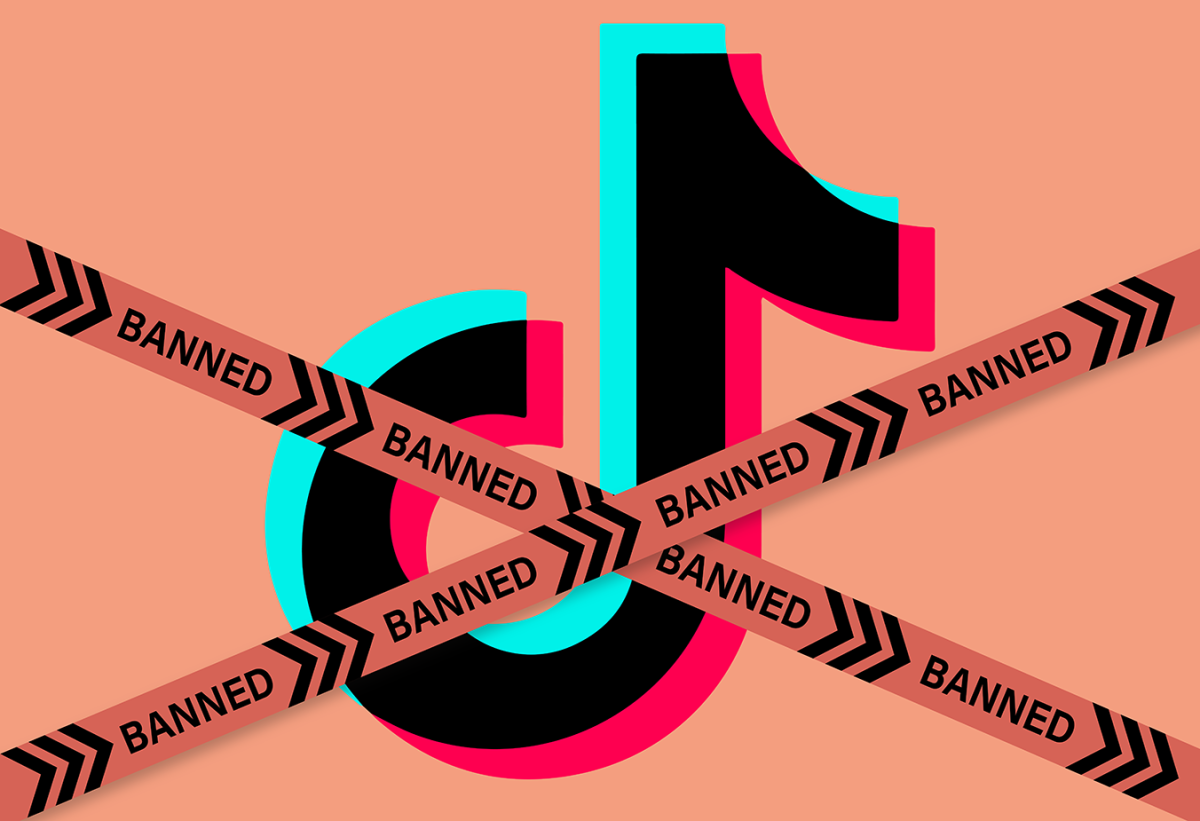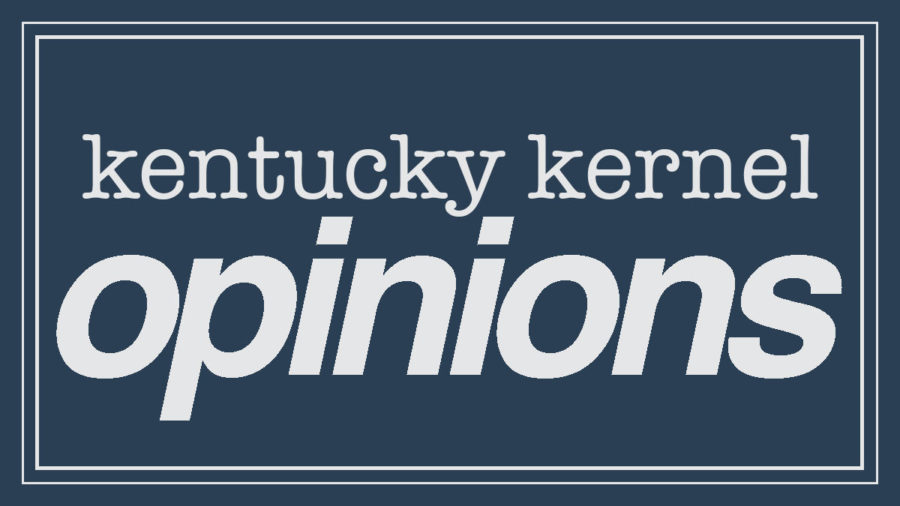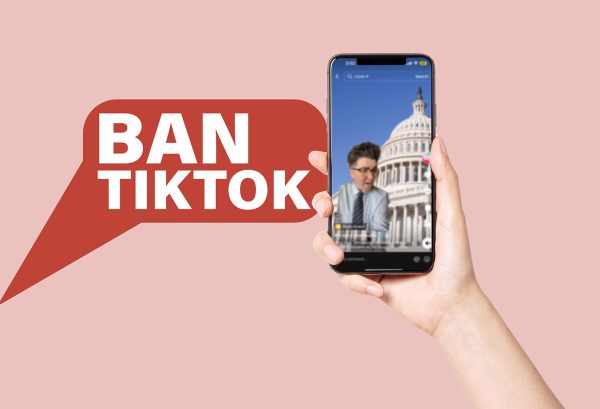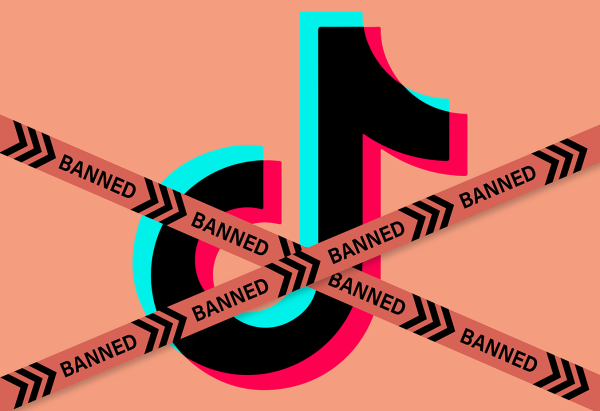Plastic pandemic: how dangerous is the increased COVID usage?
October 22, 2020
COVID-19 took the world by storm and created a time of unknowns for people all over the globe. Many people lost their jobs or started working from home, toilet paper became scarce and events became virtual. The virus changed our way of life.
Companies were forced to change the way that they operated to control the spread of the virus. Restaurants began to focus on carry-out and delivery. For these and many other reasons related to the pandemic, we have seen our plastic usage shockingly increase.
We need to take initiative to decrease our plastic use for the sake of our future world.
The Great Pacific Garbage Patch is an area of the Pacific Ocean known for holding an alarming amount of trash. But trash is also strewn in many other areas of the ocean. In fact, 2019 research shows that the amount of plastic pollution in our oceans was at least 5.25 trillion pieces, weighing over 250,000 tons. This amount of trash would be the same as 19,230 garbage trucks dumping into the ocean, and it is only expected to increase! The same study shows that this plastic is expected to increase by an order of magnitude by 2025.
There have been many efforts to clean this plastic and initiatives everywhere for a reduction in plastic usage. For example, organizations such as Starbucks and Kroger have incentivized reusable cups and grocery bags in the past year. These companies were helping make positive strides towards less plastic usage, but then the world was affected by the COVID-19 virus.
One of the most prominent uses of plastic during the pandemic has been face masks. Government officials are setting mask mandates for the public, and schools are forcing children to wear masks if they want to attend classes. A 2020 article published in The Science of the Total Environment reported that China produced approximately 14.8 million medical masks a day in February. The number of COVID cases and mask-wearing people has skyrocketed since then.
The article goes on to show how the plastics within the mask could break down and damage our environment. The increase in the production and use of masks during this time will have an astounding effect on our environment that will show itself in the upcoming years.
Of course, many people try to look at a positive aspect of the pandemic on the environment. While it is true that fewer people have been driving, signifying less air pollution, and gas prices have fallen as a result, there are more layers to be revealed.
Many people do not know that gas and plastic prices are related. A 2020 Plastics Today article shows the trends in plastic pricing throughout this pandemic. In the March report, we see prices of polyethylene and polypropylene are flat and down, respectively. Polyethylene and polypropylene are the two main types of plastics used in the production of single-use plastics, the main polluters of our environment. The mid-June report shows that polyethylene prices slightly increased and polypropylene prices were flat. This low plastic pricing is not helping companies such as Amazon cut back on their plastic usage. In early 2020, Amazon reported a huge rise in sales. A TWICE article said that Amazon announced it would be seeking 100,000 new full and part-time positions across the U.S. More online ordering has caused Amazon to increase their use of plastic in packaging, whereas before people were going directly to the store to buy their items.
We also see the same trends in the food industry. One 2020 science journal published in Science Magazine said that “packaged take-out meals and home-delivered groceries contributed an additional 1,400 tons of plastic waste during Singapore’s eight-week lockdown.” We see a massive increase in plastic usage by restaurants because they have transitioned from reusable plates and utensils to carry-out containers and bags.
This is even seen in the University of Kentucky dining halls. Students who eat at the dining halls once a day, five days a week are using about 75 disposable containers in their fall semester. Once one considers how many students are eating on campus, this number becomes very concerning. The university has a reusable container program for only ten dollars, but a lot of students are not aware of this. The number of food containers being sent to landfills during this time due to carry-out ordering is very concerning.
The numbers do not lie; our plastic usage is increasing, and this problem will have a much more lasting effect than the virus. Our use of plastic now has a high chance of affecting the way we view plastic usage in the future. We cannot let this trend become the new norm or else our environment may never look the same. Be conscious about your usage of plastic. Consider what you can do to help make sure that your child’s world is not a littered mess. Some ways you can start to do better are to create washable masks made of cloth or buy reusable grocery bags.
We cannot let the coronavirus setback be the reason we lose our war on plastics.



































































